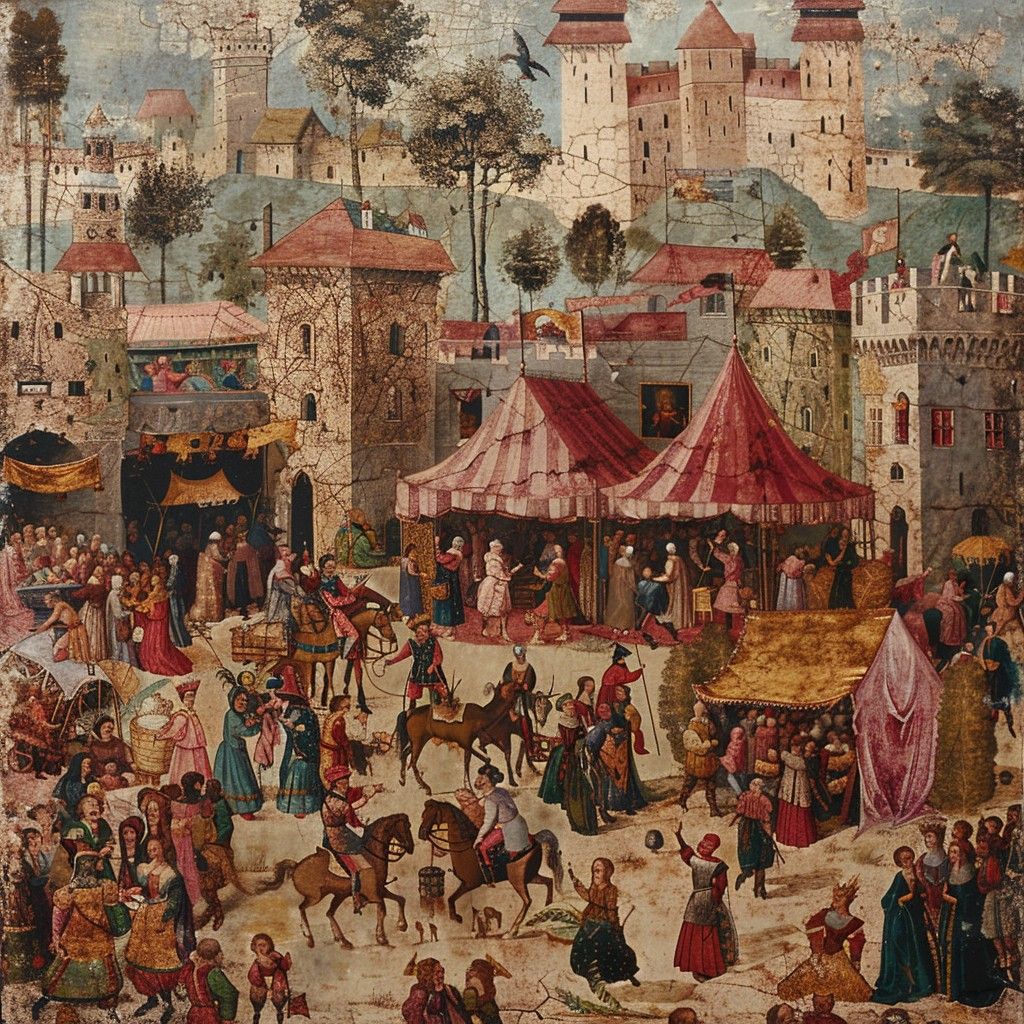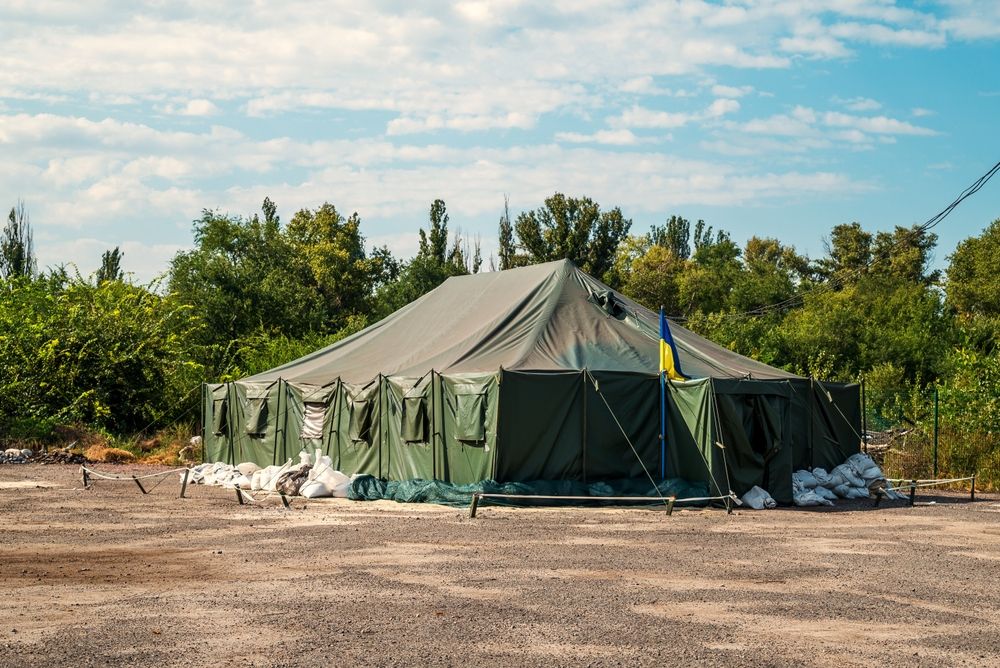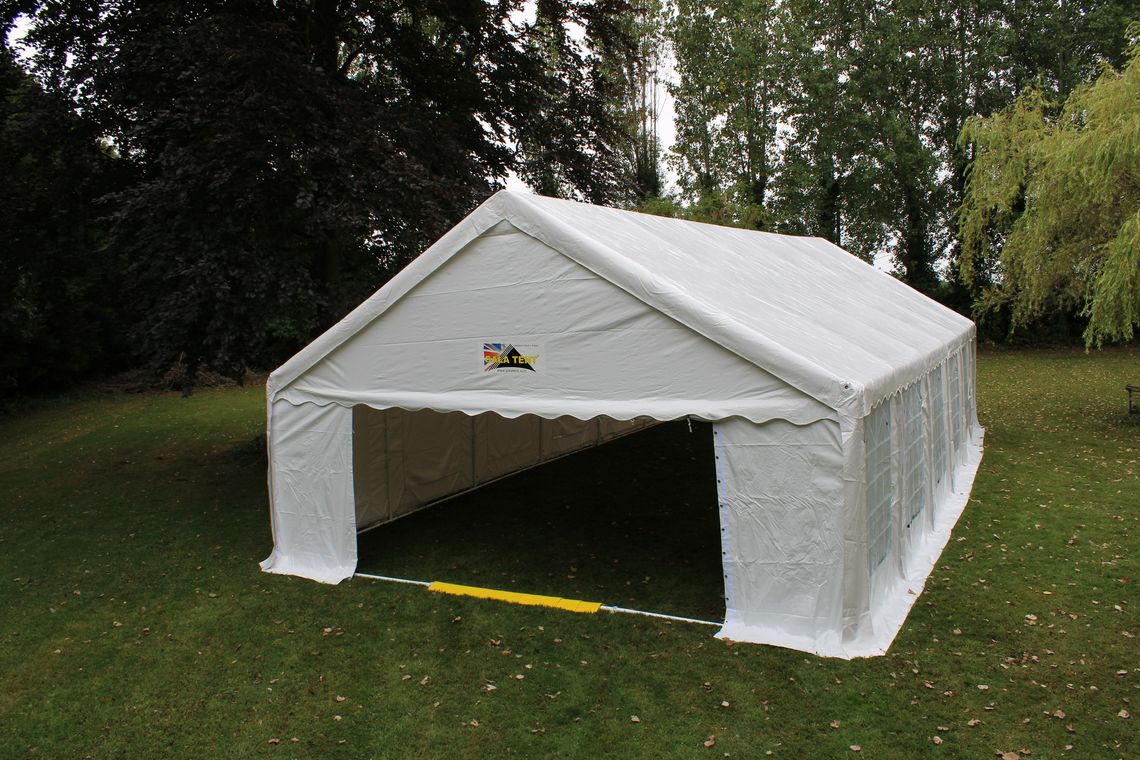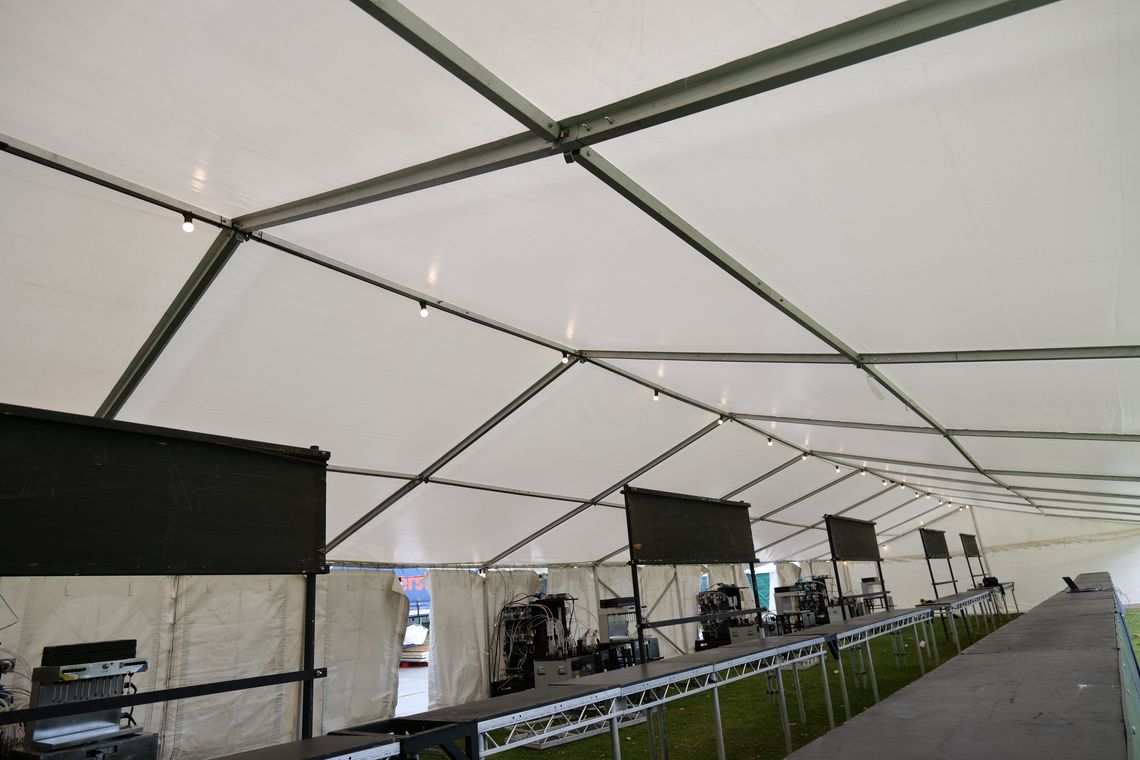The Evolution of Marquees – From Traditional Tents to Modern Event Spaces
Marquees have been central to outdoor gatherings for centuries, evolving from basic canvas shelters into large-scale, adaptable event structures. Initially used for trade, military operations, and aristocratic events, they have since become a staple of weddings, festivals, corporate functions, and hospitality spaces.
While the fundamental purpose remains the same—to provide a temporary, sheltered event space—the design, materials, and capabilities of marquees have undergone significant transformation. What was once a simple pole-and-canvas construction has evolved into modular, weather-resistant, and customisable structures, capable of hosting thousands of guests in all seasons.
This article explores how marquees progressed from medieval market stalls to the high-performance event spaces of today, and what the future holds for the industry.
The Early Years – Trade, War, and Status
Medieval Markets & Military Tents
The earliest marquees were functional rather than decorative. Throughout medieval Europe, the Middle East, and Asia, large fabric shelters were widely used for:
Markets and trade fairs, providing cover for merchants and customers.
Military encampments, offering mobile command posts and barracks.
Religious and ceremonial gatherings, particularly in Middle Eastern cultures.
These early tents were simple wooden or rope-supported structures, covered with canvas or animal hide, and were largely temporary, offering little in the way of durability or weatherproofing.

The Rise of Event Marquees – Fairs & Spectacle
By the 18th and 19th centuries, marquees were increasingly used for entertainment and spectacle, particularly in the UK and Europe. This era saw the rise of:
Circus and fairground marquees, allowing large audiences to gather under cover.
Aristocratic garden parties, where marquees became associated with luxury and exclusivity.
Political and military functions, such as campaign tents and war briefings.
At this stage, marquees were still heavy, expensive, and difficult to transport, meaning they remained largely inaccessible to the general public.
The Shift to Commercial & Event Marquees
Early 20th Century – Weddings, Society Events & Exhibitions
The early 1900s to 1950s saw marquees increasingly used for wedding receptions, corporate functions, and agricultural shows.
Canvas pole tents became the norm for social events and hospitality spaces.
Large-scale marquees were introduced for exhibitions and trade fairs.
Rope and pole structures remained dominant, meaning marquees were still limited in size and complexity.

Late 20th Century – The Rise of Modern Event Marquees
By the 1980s and 90s, the marquee industry had shifted significantly. Advances in materials, production methods, and demand for outdoor event spaces led to:
The rise of wedding and corporate marquees as a standard event solution.
More durable PVC coverings, replacing traditional canvas for better weather resistance.
The introduction of modular marquees, allowing for greater flexibility in event layouts.
However, at this point, marquees were still considered a premium product, accessible mainly through rental companies rather than direct purchase.
The Breakthrough of Affordable, Durable Marquees
By the late 1990s, increased demand for event marquees and advances in materials and manufacturing meant that marquee ownership became more viable for businesses, private consumers, and commercial event organisers.
Lighter, stronger aluminium frames replaced heavier steel and wooden poles.
Patented marquee designs improved durability, wind resistance, and ease of setup.
The availability of direct sales models allowed businesses and individuals to buy marquees outright, rather than relying on hire companies.
At the forefront of this shift was a man named Jason Mace. In 1999, he searched high and low for a marquee to rent for his parents' pub for the Millennium celebrations, but was unable to source one.
So, he used his personal credit card to import some marquee stock and sold it to homeowners, pub landlords, and anybody else that might need them. From this one act, the seeds of Gala Tent grew to become the market leading supplier of affordable luxury that it remains to this day.
This shift meant that small businesses, event organisers, and private customers could now afford to own marquees, leading to significant market expansion.

Modern Marquees – Stronger, Smarter, and More Versatile
Better Materials & Durability
Canvas marquees have been phased out in favour of PVC and PE, offering:
Better waterproofing
Stronger UV resistance
Longer lifespan and easier maintenance
Aluminium and steel frame marquees have replaced traditional wooden poles, offering lighter, more durable structures.
The Rise of Modular Marquees
Scalable marquee systems now allow sections to be added or removed to suit event sizes.
Fusion Modular Marquees have made it possible to expand marquees in 3m or 6m increments, creating large-scale event spaces without compromising structure.
Branded & Customisable Marquees
Marquees are now widely used as promotional tools, featuring custom-printed designs for corporate and retail use.
Branded marquees allow businesses to showcase their logos and sponsors at events, exhibitions, and trade fairs.
Weatherproofing & All-Season Use
Modern marquee anchoring has significantly improved wind resistance.
Gutter systems allow marquees to be connected, expanding coverage and creating fully enclosed, weatherproof spaces.
Heating, flooring, and LED lighting systems mean marquees can now function as year-round venues.

What’s Next? The Future of Marquees
As demand for outdoor events, semi-permanent structures, and sustainable venues grows, the marquee industry is likely to see continued innovation.
Sustainability & Eco-Friendly Marquees
Future designs will focus on carbon-neutral materials and recyclable PVC coverings.
Solar-powered lighting and energy-efficient heating solutions are expected to become industry standards.
Semi-Permanent Marquee Structures
Many businesses are now opting for marquees instead of traditional buildings for seasonal operations.
The next evolution could see hybrid structures—part marquee, part permanent building—used for hospitality, retail, and commercial venues.
Smart Marquee Technology
The future may see automated heating, cooling, and lighting systems integrated into marquees.
Stronger modular anchoring systems will improve stability and rapid deployment, making marquees viable in even more extreme conditions.
Marquees have evolved from basic fabric shelters to high-performance event spaces, used for everything from weddings and festivals to corporate events and semi-permanent venues.
With ongoing innovations in materials, modularity, and customisation, marquees are set to continue expanding their role in the events industry. Whether for business, leisure, or commercial purposes, the versatility of marquees makes them an essential solution for modern event planning.
Need a Modern Marquee? Explore Our Range Today
 CONTACT US
DOWNLOAD A BROCHURE
REQUEST A PRODUCT DEMO
CONTACT US
DOWNLOAD A BROCHURE
REQUEST A PRODUCT DEMO

 Alexandrea
Alexandrea